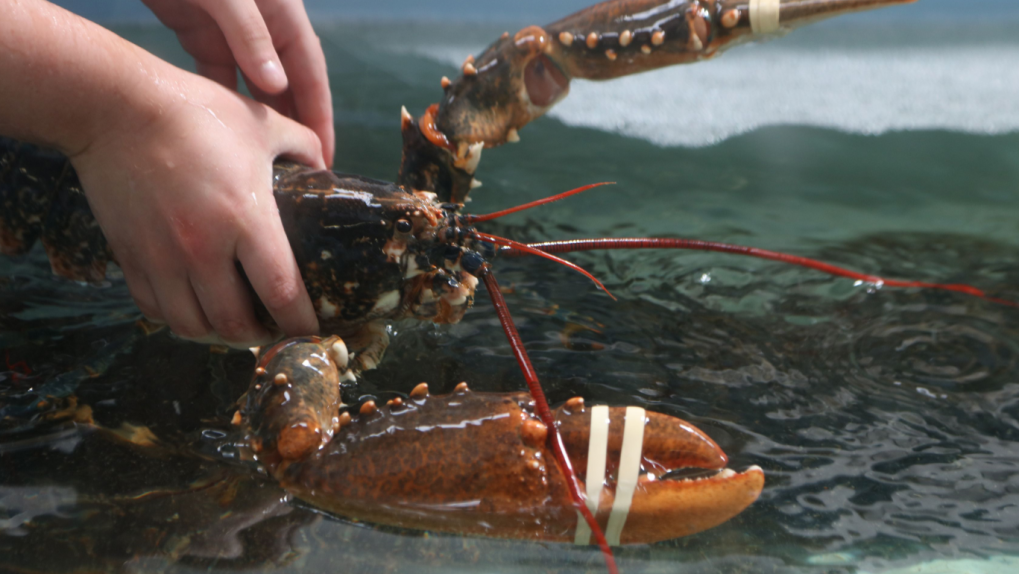Lobsters dominate the menu at seafood restaurants but they also happen to be true wonders of the ocean. They’re covered with rugged armor, which is standard for many crustaceans, but a new research effort by scientists at MIT took a look at one of the less flashy parts of the lobster: the belly.
In a new paper published in Acta Biomaterialia, researchers reveal that the soft underbelly of the American lobster is so great at protecting the creature’s insides from the jagged ocean floor that a similar material could be useful for humans as full-body protection.
The underside of the lobster’s tail is equipped with a membrane of incredible strength. Unlike the more rigid panels that cover the top side of the creature, the coating on its belly is very flexible. The team even compares it to industrial rubber in terms of its strength. Such materials are typical used in things like car tires and garden hoses, MIT says.
“Most modern body armors sacrifice limb protection to gain mobility, simply because none of the existing armor materials are flexible enough and they all inhibit movement of the arms and legs,” the researchers write. “Herein, we focus on the mechanics and mesoscopic structure of American lobsters’ soft membrane and explore how such a natural flexible armor is designed to integrate flexibility and toughness.”
Lobsters have seemingly perfected this membrane over tens of millions of years, allowing the creatures to use their tails to make quick escapes while still protecting its vital organs from rocks and sharp edges that it might drag along when walking along the sea floor.
“We think this work could motivate flexible armor design,” MIT’s Ming Guo said in a statement. “If you could make armor out of these types of materials, you could freely move your joints, and it would make you feel more comfortable.”








